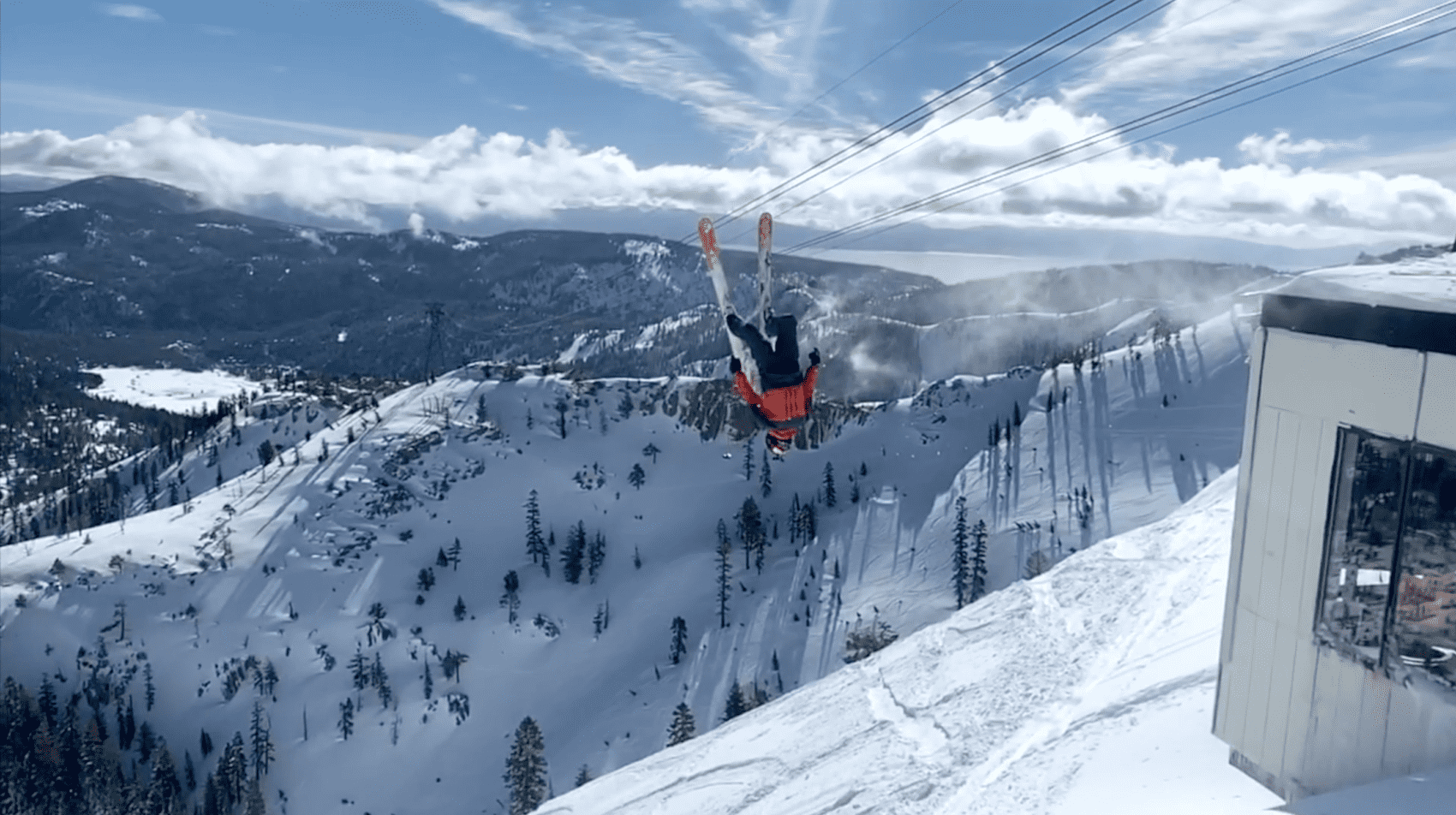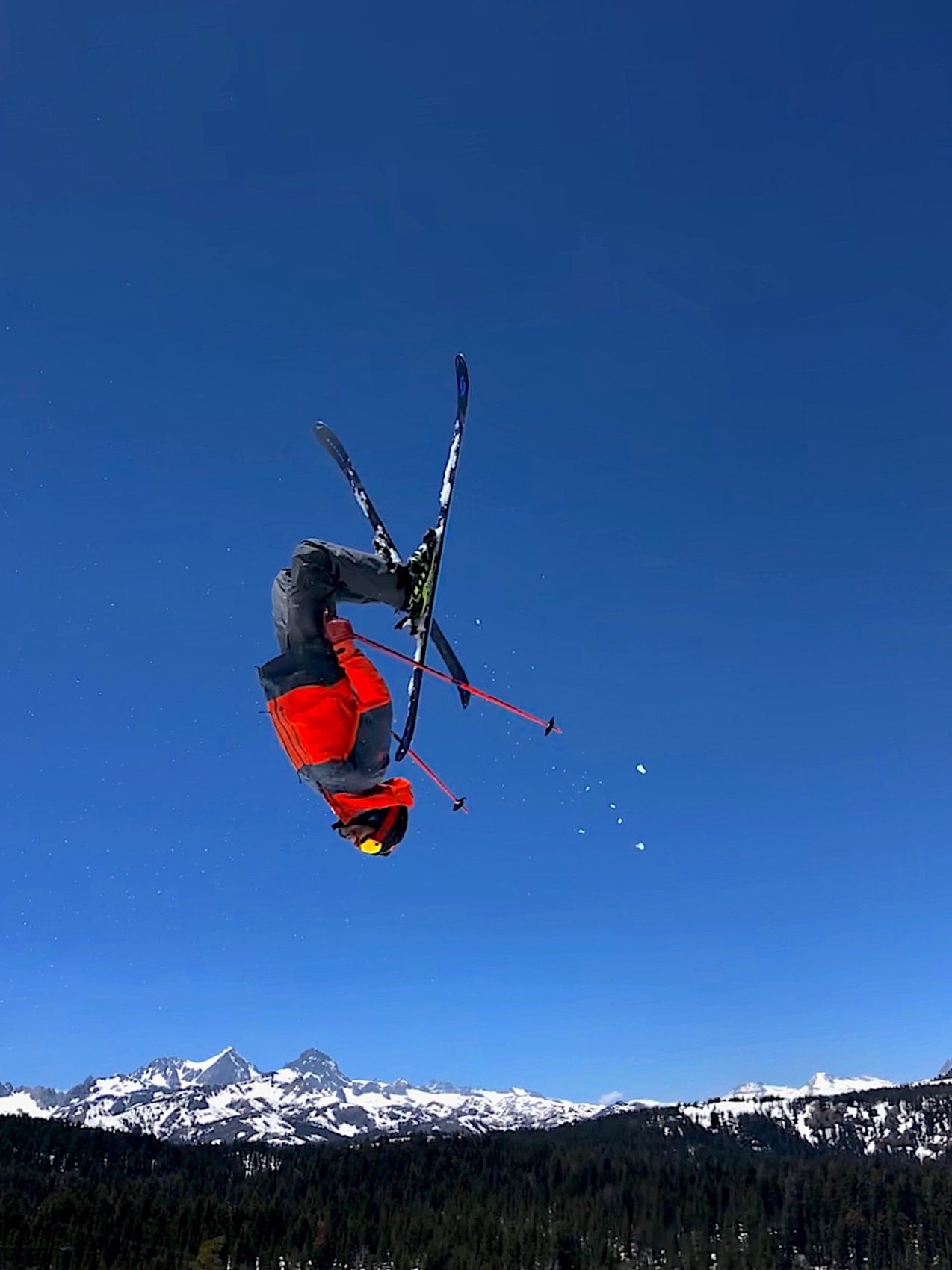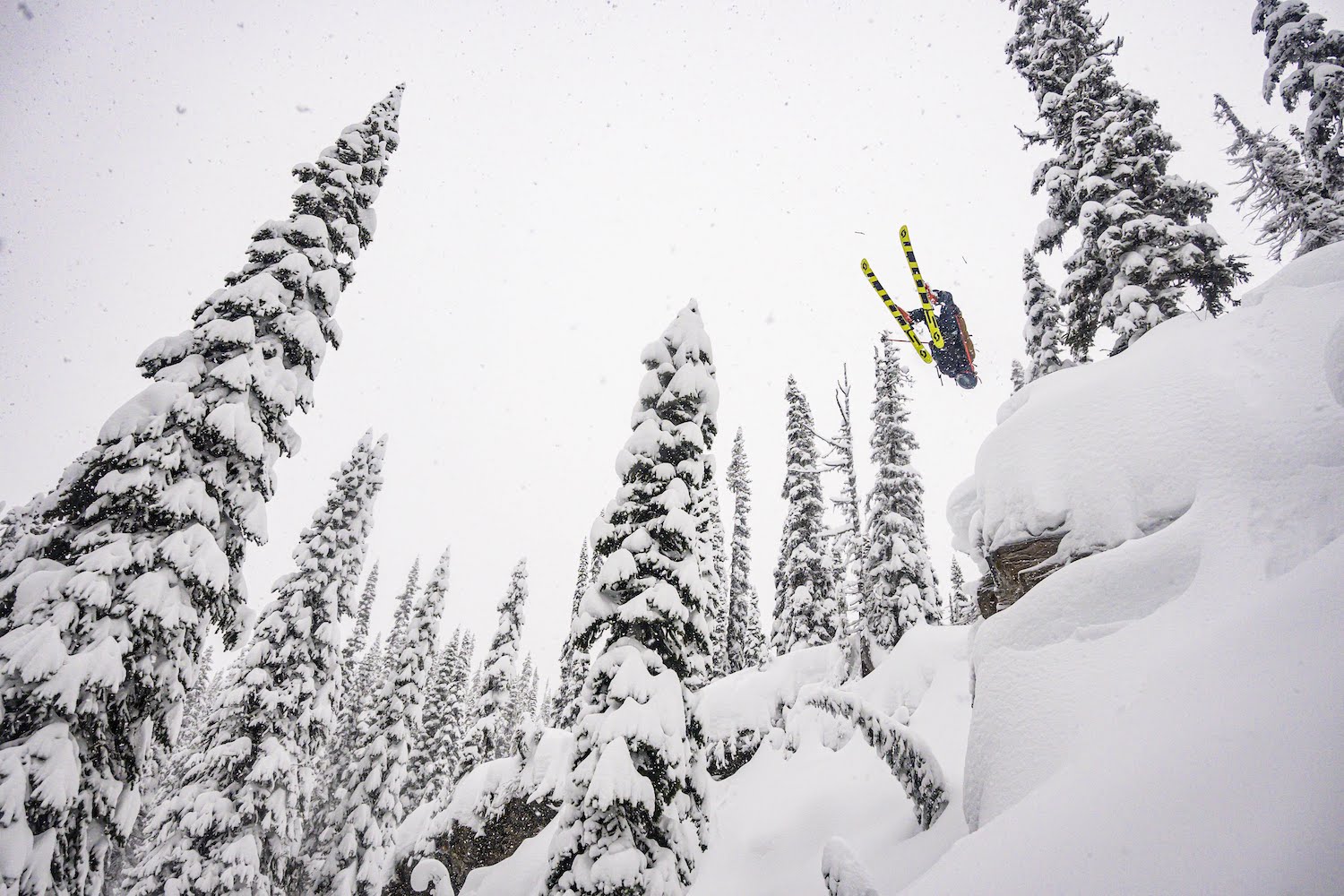
A Brief History
Goofy terms and oddball slang have become popularized in skiing over the recent years, but perhaps none more so than the phrase, “Send it.” It’s almost routine to hear it shouted out now at the resorts, especially on big powder days. Hooting and hollering as you, your friends, and perhaps your yet-to-be introduced friends, encourage each other in the day’s events. It seems like trying to “help” someone out before they huck themselves fearlessly off of a big kicker requires the obligatory expression. If not for support, then at least for good luck!
But where exactly did this phrase come from? What does it mean? And perhaps more importantly, who uses it best? I hope to answer these questions and more as this story unfolds.
Attributed to an American Climber?
A couple of interesting leads suggest the phrase comes from climbing culture. It may have started in climbers’ vernacular who many times refer to what they do as ascend, rather than climb. Climbers would often say ‘Ascend it’, which meant to not simply climb the next pitch, but to do it completely, successfully, and without mistakes.
There is also some suggestion that certain climbing niches have a strong penchant for one-syllable words. So, in a more efficient form, “Ascend it” was shortened to simply “–scend it.” When “-scend it” was then heard by the uninitiated climber, it was further changed to just “Send it.” Perhaps.

A Competitive Climbing Contribution?
Another possibility looks at an American origination first recognized in the 1988 International Sports Climbing event in Snowbird, Utah. According to Matt Samet, author and authority on climbing lingo, a California climber named Steve Schneider was caught on film encouraging other riders to “send it.” (No word on his official spelling)
Further confusing the term’s lineage, Samet also gives credit to Oregon climber Brooke Sandahl who claims to have heard the phrase used at Smith Rock, Oregon, in the mid-1980s.
Could a Canadian Snowmobiler Be the Source?
If climbing origins seemed rational and plausible, then wait until you hear about this wacky, yet also possible, explanation. In 2017, a Canadian man named Larry Enticer posted a short video of himself proclaiming “Are you silly?… I’m still gonna send it” before launching his snowmobile off jumps in his backyard. On many of the attempts he failed miserably, but he still got back up only to repeat his phrase and try it again.
His video went viral on Facebook and was then picked up by Reddit and YouTube shortly thereafter. Then in June 2017, Larry’s video was featured on Tosh 2.0, skyrocketing its popularity. Who knows if this is the true introduction of the phrase? All I can report is that it’s possible.
Urban Definition
Despite proposing several different origins, it still doesn’t seem to change its definition and meaning. How would you best define it? Believe it or not, I might suggest looking at the Urban Dictionary, as it comes through again with perhaps the best, all-encompassing definition to date, defining the term as:
“Knowingly and willfully pursuing a high-risk course of action with reckless disregard for potential consequences.”
Personification
Again, like most colloquial phrases, the definition is up for your own interpretation. Maybe more so, in how you see to apply it. And no one seems to do it better than the original Sendy McSendersend himself, Dean Vaganos. The Denver-based skier first persuaded Breckenridge Resort back in the day and has since also encouraged Epic Pass to ‘update’ his official ski pass name as Sendy McSendersend. The rest is history.

According to Mr. McSendersend, his definition is “to simply go for it” and that “it’s all about commitment.” He believes there is a special community built around this phrase and routinely exchanges shout-outs with other riders while on the mountain. Reflecting back on the importance of his skiing persona, McSendersend admits, “It definitely makes you commit more when other people are telling you to send it.”
What the Future Holds
For a phrase like this to infiltrate the sport and foster such enthusiasm and passion for those involved is nothing short of amazing. When else have we been able to place such ‘trusted confidence’ in our fellow skiers within a moment’s notice?
Most skiers know that doubt is the enemy of any great huckster. And although it can’t be suppressed forever, it can be conquered and it can be solved… with one simple trick… to just SEND IT!

Yup, came here to say this. It’s been around in the military since at least the early days of the GWOT. YouTube vids of AC-130 gunship sorties are accompanied by “send it” when permission is asked to open up with the 105 howitzer or mini-gun on a target. Also drone operators are told “send it’ when launching a Hellfire.
I work as a climbing guide and climbing school administrator. Several years ago a Marine sniper told me that sniper teams use the term “send it.” Essentially the sniper spotter says it to the sniper. Not sure if this was just something he did, or if it’s widely used in the military.